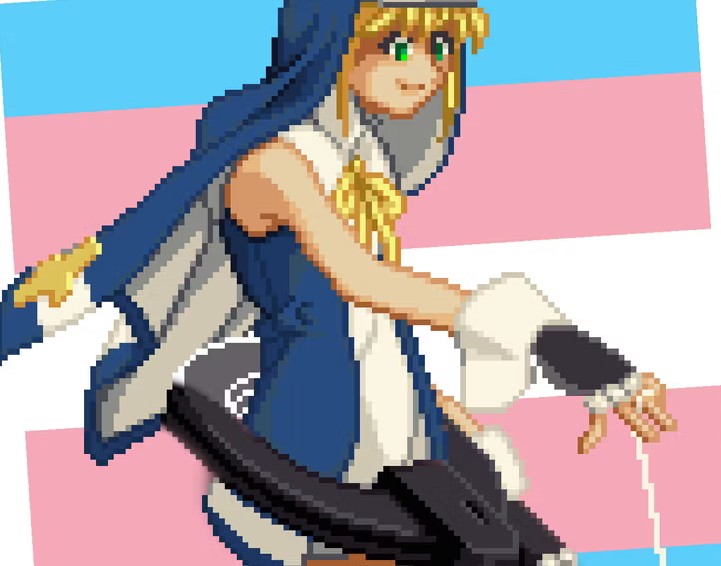Digimon World (デジモンワールド Dejimon Wārudo?) is a role-playing, adventure, and digital pet video game developed by Bandai released at January 28, 1999 in Japan, North America at May 23, 2000, and PAL at July 6, 2001 for the PlayStation. It is the first game in the Digimon World series. The storyline focuses on a human brought to File City on File Island by Jijimon to save the island. Digimon have been losing their memories and becoming feral and the city has fallen into disarray. The goal of Mameo is to save the island by helping Digimon recover their memory and return to the city.
As it came before the anime in Japan, it is very strictly based on the Virtual Pets. The game play revolves around raising a single Digimon from its Digitama form, hatching into a Fresh, up through In-Training, Rookie, Champion, and with work, Ultimate. A Digimon partner will die with age, and return to an egg eventually, so the player has to raise it again.
Fans of the anime will be familiar with the sixth stage, Mega; however this game was made only shortly after the Pendulum series of pets, which introduced Mega level.
To raise a Digimon partner, the player must train it, feed it, let it rest, and take it to the bathroom.
The other main aspect of gameplay is battle. The player’s partner Digimon fight the Digimon that have become aggressive due to a crisis on File Island. Partner Digimon begin the game with a few basic skills but acquire more as they progress in levels through the game.
The PAL region’s variant cover art features the seven initial Partner Digimon from Digimon Adventure. The group includes Tentomon which isn’t obtainable but does however appear in Beetle Land and Gomamon, who is otherwise completely absent from this game
Gameplay
Digimon World’s game play utilizes two major aspects: Raising and battling. The element of monster raising consists of feeding your Digimon, allowing it to rest, and leading it to the bathroom. As a Digimon grows and trains, it can digivolve into a stronger form; there are 5 stages of digivolution in total including the desirable Ultimate form. Raising a Digimon carefully and properly helps progress through the game, and improper treatment can lead to dire consequences. The second element of the game, battling, composes the other major aspect of the game. Digimon World’s battle system heavily relies on options that a player can command, such as “Your Call” and “Retreat”.[3] As a player ventures in the wild, Digimon may engage in battle when touching each others paths. Battles are usually inevitable while adventuring, and they are a reliable source of techniques that a Digimon can learn and money. Training a partner Digimon enhances its parameters, enabling it to fight with better ease and digivolve to powerful forms. Digimon World also provides various mini-games for the player, including fishing, arena tournaments, and curling. Sub-quests are also available, mainly for new recruiting Digimon and other hidden surprises.
Megathreads and spaces to hang out:
- 📀 Come listen to music and Watch movies with your fellow Hexbears nerd, in Cy.tube
- 🔥 Read and talk about a current topics in the News Megathread
- ⚔ Come talk in the New Weekly PoC thread
- ✨ Talk with fellow Trans comrades in the New Weekly Trans thread
- 👊 Share your gains and goals with your comrades in the New Weekly Improvement thread
reminders:
- 💚 You nerds can join specific comms to see posts about all sorts of topics
- 💙 Hexbear’s algorithm prioritizes comments over upbears
- 💜 Sorting by new you nerd
- 🌈 If you ever want to make your own megathread, you can reserve a spot here nerd
- 🐶 Join the unofficial Hexbear-adjacent Mastodon instance toots.matapacos.dog
Links To Resources (Aid and Theory):
Aid:
Theory:


I feel like books are still incredibly male-centric. Like the front section of the Barnes and Nobles is usually “10 steps to DOMINATE everyone in your life”, “Manly WARRIORS of Saturn” and “Napoleon’s (ALPHA MALE) biography” or something like that. And I actually see people reading it on public transport or whatever. Of course it’s part of the grindset culture that you mentioned, I just don’t think it’s fair to say that men are completely absent from book culture. The grindset/video game culture spills over into the literature world.
Maybe I should have been more clear, but I’m talking about fiction or literary non-fiction. Men only being given a diet of self-help grindset book is part of the problem I’m worried about. Like, when I was in high school and college, you could be a “bro” kind of guy and read Chuck Palahniuk, or Hunter S. Thompson, or David Foster Wallace. For decades, authors like Hemmingway and Bukowski found receptive audiences in young men, not to mention all the crime fiction, horror, sci-fi, and fantasy that men have traditionally consumed. The “guy in your English class who loves David Foster Wallace” was a stereotype for a reason. But now it seems like younger men just straight up see no value in reading literature or fiction, because the algorithms just railroad them into Alpha Gridset world. Am I wrong about this?
I know precisely who you are talking about. And I agree with your assessment, though I would say that sci-fi and fantasy still have a (mostly white) male appeal, even if considerably less than in the past. To me there are two sides to this: the grindset mentality devaluing fiction, as well as fiction becoming for video game-y / marvel-esque in order to compete for attention. I will need to think more about it, media politics is a dear topic of mine.